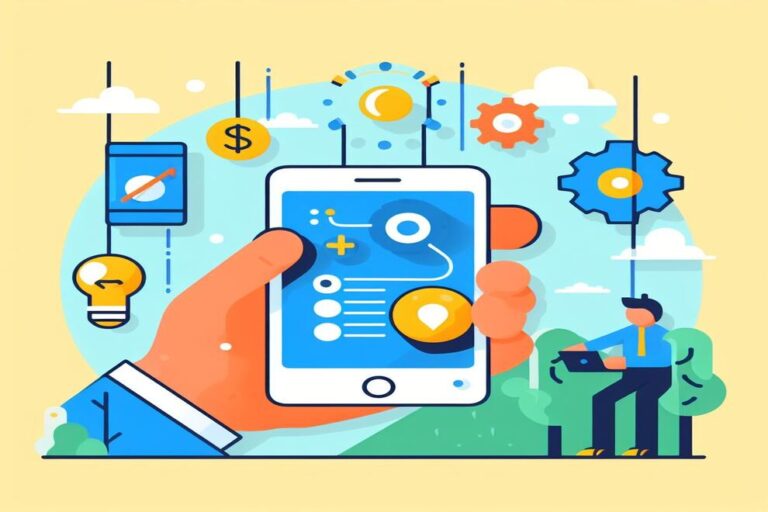User Experience (UX) Design Trends for 2020

User experience (UX) design is an ever-evolving field, constantly adapting to technological advancements and changing user expectations. As we enter 2023, several emerging trends are shaping the UX landscape. In this blog post, we’ll explore some of the most prominent UX design trends to watch for in the coming year.
1. Immersive Experiences with Extended Reality (XR)
Extended Reality (XR), which includes Virtual Reality (VR) and Augmented Reality (AR), is revolutionizing the way users interact with digital interfaces. In 2023, we can expect UX designers to increasingly incorporate XR to create immersive and engaging experiences. Whether it’s virtual showrooms, augmented product visualizations, or VR-based training, XR is pushing the boundaries of user interaction.
2. Voice User Interfaces (VUI)
Voice-controlled devices and interfaces are becoming more prevalent, from smart speakers to voice assistants on smartphones. UX designers are focusing on creating seamless voice interactions that are intuitive and natural. As VUI gains prominence, expect more websites and applications to offer voice search and commands for enhanced user convenience.
3. Neumorphism and Soft UI
Neumorphism, a design trend that combines elements of skeuomorphism and flat design, is gaining popularity. It involves creating soft, tactile elements that mimic real-world objects. Soft UI, an offshoot of this trend, focuses on using shadows, gradients, and subtle highlights to create a layered and visually pleasing user interface. These styles enhance the user’s perception of depth and interactivity.
4. Accessible Design
Accessibility in UX design is not a new concept, but it’s gaining more attention and focus in 2023. With a growing awareness of the importance of inclusivity, designers are emphasizing accessible features like keyboard navigation, screen reader compatibility, and text-to-speech functionalities. Prioritizing accessibility ensures that digital products are usable by a wider audience.
5. Microinteractions and Microanimations
Microinteractions are small, subtle design elements that enhance user engagement and provide instant feedback. These can include button animations, hover effects, or progress indicators. Microanimations, on the other hand, involve tiny, well-timed animations that add a touch of delight to the user experience. They create a more engaging and responsive interface.
6. Data Privacy and Ethical Design
As concerns about data privacy and ethical considerations in design grow, UX designers are integrating these principles into their work. Users are becoming more conscious of how their data is used, and companies that prioritize transparency, user control, and ethical design are gaining trust and loyalty.
7. Artificial Intelligence (AI) and Personalization
AI-driven user experiences are becoming more sophisticated. AI algorithms analyze user behavior and preferences to deliver personalized content and recommendations. This level of personalization not only improves the user experience but also increases engagement and conversions.
8. Responsive Design Beyond Mobile
Responsive design is no longer limited to adapting to various screen sizes. It’s now about adapting to different devices, from smartwatches and wearables to smart TVs and IoT devices. Designers are creating versatile interfaces that can seamlessly transition across a wide range of screens and contexts.
9. Sustainability and Eco-Friendly Design
Environmental awareness is influencing UX design. More designers are considering the environmental impact of digital products and are using eco-friendly design practices, such as optimizing for energy efficiency and reducing digital waste.
10. Zero-UI and Invisible Interfaces
With the rise of IoT and smart devices, we’re witnessing the growth of zero-UI interfaces. These interfaces, often gesture-based or context-aware, require minimal user interaction. In some cases, the interface becomes nearly invisible as users interact with technology through natural movements and commands.
In conclusion, UX design is a dynamic field that continues to evolve to meet the changing needs and expectations of users. The trends outlined for 2023 reflect the growing importance of immersive experiences, ethical considerations, and personalized interactions. Staying updated on these trends and incorporating them into your design strategies will be crucial for creating exceptional user experiences in the coming year.




